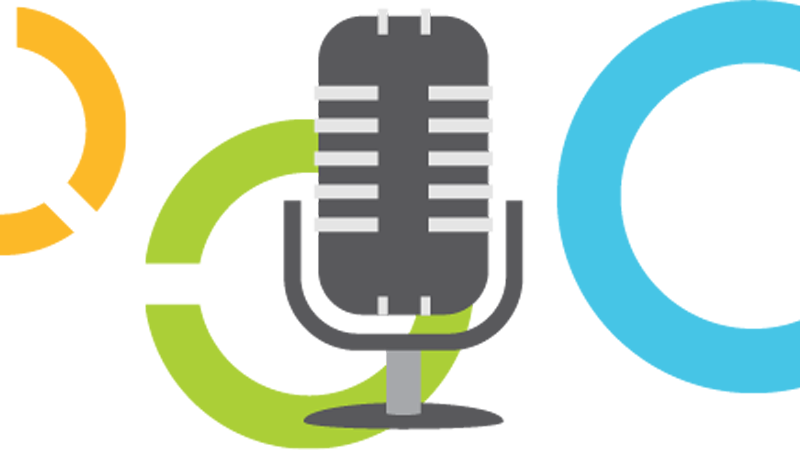Between streaming services and the vinyl renaissance, its easy to forget the humble radio when it comes to advertising. Though many younger people choose to consume their content exclusively through digital means, there is still definitely a place for marketing on the radio. Driving to work, waiting for a coffee in a local café or buying a pack of gum in a store are all situations where you are likely to be exposed to radio broadcasts. You may not realise it but its this kind of “background” content that can be the most effective when it comes to marketing. Think about all the times you have a song stuck in your head, but you have no idea why. The chances are that you heard it on the radio somewhere as you were out and about, you just didn’t realise it at the time. The same kind of principal can be applied to radio marketing.
Pros
1. Target the audience that matters the most to you
Like TV stations, radio stations have different audiences and listener bases. Trying to sell a new range of sportswear aimed at young teenagers on a traditional country and western station, for example, would probably be a bad idea. Conversely, a well scripted ad that works with the overall tone and style of the shows or musical output will seem organic and natural to anybody who hears it. Choose the right radio station and more importantly, the right slot if you can. Daytime is usually more expensive, but this can vary from place to place.
2. Cheaper than TV
Television advertising is still very expensive, even for a late-night slot. Radio ads are considerably less and can still provide you with a massive amount of exposure for your business. Local stations are usually a good idea as they will have an audience comprised of many of your potential customers. This means you can be specific about where you are, what you do and how people can find you. Production of the ads themselves is usually much cheaper than a TV ad, too. Providing you have a good quality voice artist and a professional sounding backing track, there’s no reason you can’t produce content that converts.
3. Reach People on the Move
Unlike TV, gaming or streaming visual content, the radio is a medium that can be enjoyed while driving, running, walking, cycling or cleaning up around the house. This might not sound especially significant, but it means you can target an audience who are likely to be listening for an extended period of time while moving around. As we mentioned at the start of the article, absorbing information this way can be more effective than actively concentrating on it and people have a tendency to remember radio adverts quite vividly if they make an impact. A good jingle, audio ident or even a novelty song can help your brand stand out.
4. Communicate with Multiple Demographics at Once
It makes sense to approach radio stations with a large listenership if you want maximum exposure, but you can also have some success by advertising on several smaller radio stations that have a more niche fan base. Putting your adverts out on student radio, talk radio and a dance music station at the same time will mean that you can potentially capture the attention of every potential customer you intend to sell to. You may need to adjust the tone, length or content of any radio ads you use for multiple stations, but this can usually be done quite quickly.
Cons
1. The Medium of Radio is Less Popular Than It Used to Be
Unfortunately, radio audiences are dwindling as the rise of podcasts, downloadable shows and other media begin to take over. This means that in some cases, this style of advertising may not be effective for you. Very young audiences, for example, will be unlikely to “tune in” to a live broadcast and listen for an extended period of time as they’re more likely to be streaming content from a provider they have selected. This dwindling popularity is also responsible for a drop in the overall reach you can achieve through radio advertising.
2. Non-Visual Media Can Be Easy to Forget
When you see a physical billboard, something about the size, impact and presence of the message in front of you stays in your mind for some time. Though radio ads are engaging for people while they are listening to them, they are also easily forgettable and not very permanent. For the best impact, you will need to make sure your ad appears several times a day, ideally at peak times when there are plenty of people listening. It is also important to account for what people may doing while listening to the radio. If they happen to be out of the room for a few minutes or perhaps concentrating on driving, there’s a good chance they could miss your message entirely.
3. Timing is Critical
If a listener hears your ad in full, there’s a reasonable chance they will convert and become a customer. Unfortunately, this isn’t always the case and its easy for people to miss part of your message if they happen to switch on their radio halfway through a broadcast. The time of day also matters, too and choosing the wrong slot can mean that you’re not communicating with the right people. If you only have limited data on your customers, choosing a time or a show when your adverts appear can be something of a lottery.
Summary
Radio is still one of the most powerful advertising tools you can use but to make the medium as effective as possible, you will need to ensure you focus on timing, content and your target audience. Try to get the most for your money by producing a quality, attention grabbing jingle and be prepared to contact multiple stations if you need to.






